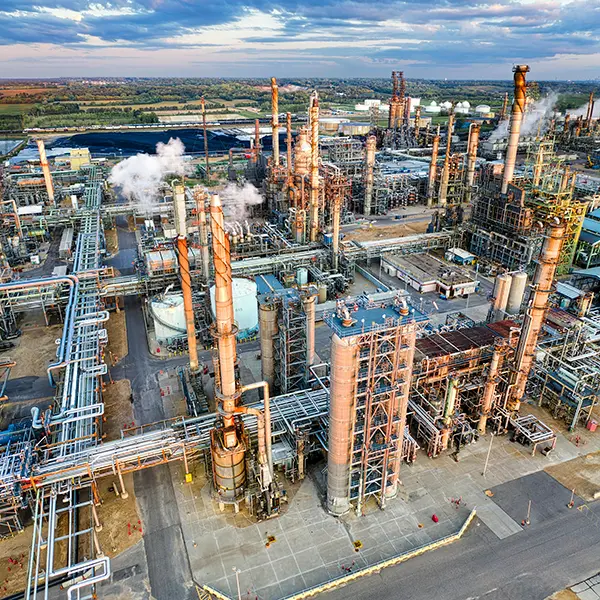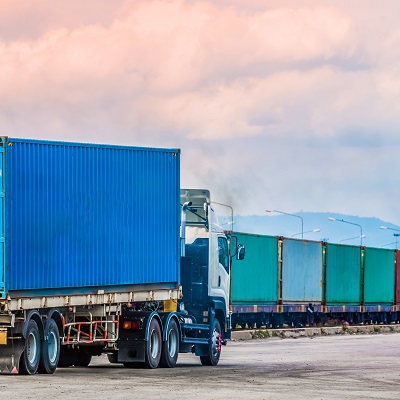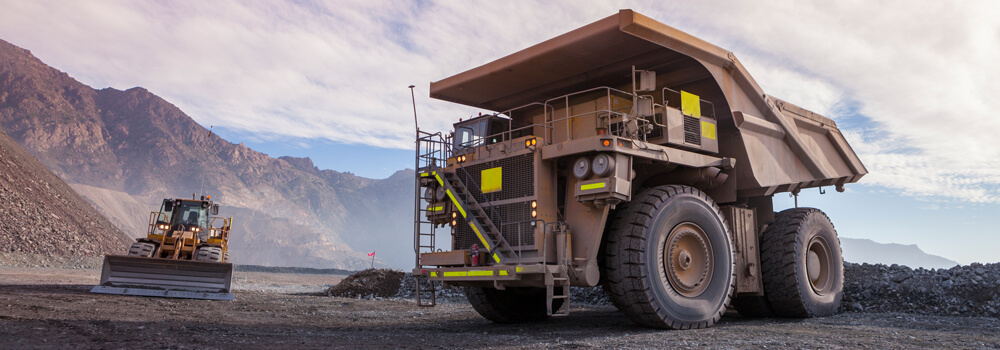What is Oil Analysis?
Oil analysis is the laboratory evaluation of a fluid sample, typically used to monitor oil condition, contamination levels, and signs of component wear.
When properly implemented on a routine basis, an oil analysis program provides a window into the health of your equipment, helping you detect issues early, take corrective action, and prevent costly, unplanned downtime.
Just testing your oil won’t change anything
Oil analysis lets you understand what’s happening and gives you the insight to change something if needed. It’s all about interpreting the results, reviewing the options, and responding accordingly.
Watch the video to learn more about oil analysis response and download the summary of the three steps: Interpret, Decide, and Respond.
Benefits
Improve Planning & Scheduling
Improve Planning & Scheduling
- Identify problems at an early stage
- Reduce unplanned maintenance
- Guide planning for upcoming service work
Monitor Improvement Initiatives
Monitor Improvement Initiatives
- Monitor/change equipment maintenance plan
- Manage your contamination control program
- Identify and eliminate repetitive problems
Lower Operating & Capital Costs
Lower Operating & Capital Costs
- Reduce maintenance and lubrication costs
- Obtain maximum use of lubricants in service
Maintain Equipment Reliability
Maintain Equipment Reliability
- Improve machine reliability
- Achieve component life extension
Industries Served
We offer specially designed industry specific oil analysis test packages to support your equipment reliability needs. Additional test packages for coolant, diesel fuel, diesel exhaust fluid (DEF), and grease are also listed as applicable.
Resources
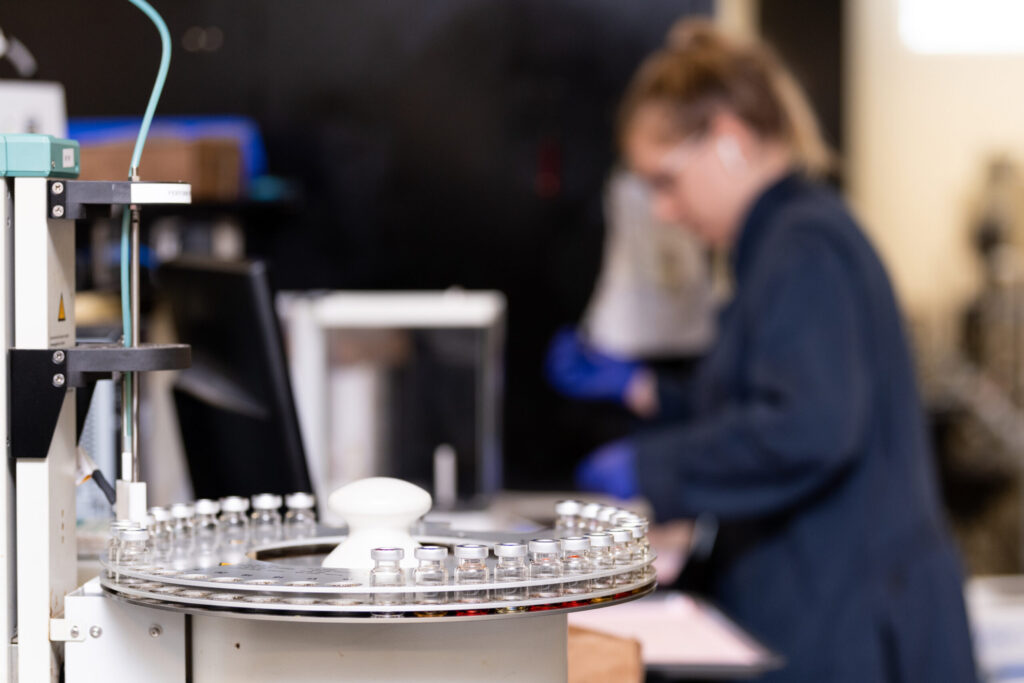
Oil Analysis Individual Tests
Fluid Life offers a variety of individual tests for oil analysis. See listing below for an overview of some of the Oil Analysis tests available. We also offer test packages specific to the industries we service.
Download the full test listing for reference.
Recommended Tests & Sample Frequencies
For an overview of recommended oil analysis testing and sample frequencies, download the chart. Sampling frequencies should be adjusted based on the nature of failure modes, asset criticality, safety and environmental concerns.
Contact Fluid Life for routine analysis planning support.
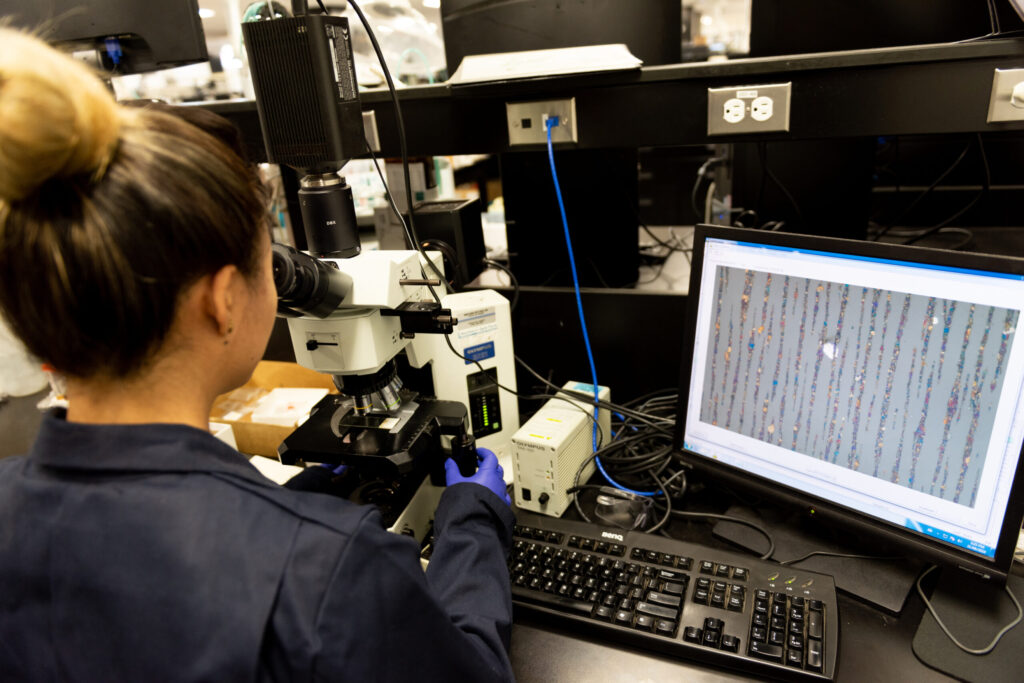
Oil Sampling Producers
Consistent sampling at regular intervals, utilizing a repeatable procedure, will reduce the noise within the data to make it easier to spot any deviations from normal results, providing the earliest, and proper, notification of necessary action.
Sampling Procedures
Oil Sampling Using a Drain Plug/Pipe
For oil sumps/reservoirs, without fixed sampling hardware installed where dipstick or fill-cap access is unavailable. The oil sample is collected by gravity drain into a sample jar.
Oil Sampling Using a Sample Pump
This is the sampling procedure using the Fluid Life 38U Sample Pump. This procedure can be used for oil sumps/reservoirs, where dipstick, fill-cap, or other access is available.
Oil Sampling Using A Pushbutton Valve & KST-Series Valve
For components installed with a pushbutton valve or KST-Series valve.
Oil Sampling Using a Sample Valve
For a pressurized and non-pressurized fluid applications equipped with a “Thread-on Probe” style sample valve ( i.e. Fluid Life B-Series Sample Valve).
Oil Filter Sampling
Following these guidelines will ensure samples arrive intact and uncontaminated, and will allow the most accurate results.
Sampling Hardware
Fluid Life offers a variety of sampling hardware options including customized solutions to fit your needs.
Oil Sample Registration
Fluid Life offers three methods for registering your samples:
- Mobile App
- Watch tutorials on how to use the mobile app to register samples. As well, you can learn how to scan VIN/PIN numbers for sample registration.
- Web Registration
- You can use the scan method or via print label method to register samples on the web portal.
- Printable Sample Card Forms
- Download English sample card
- Download French sample card
- Download sample card guide
Note:
If you’ve requested sample cards for your kits, Fluid Life’s white outer sample containment bags come with the card information printed directly on the bag. To ensure accuracy and maintain sample integrity, please complete all sample details as thoroughly as possible. Fully completed information allows your sample to be processed faster and more efficiently.
Need printed cards? Simply download the PDFs noted above, print them, and place the completed card inside the white sample bag for processing.
Interpreting Test Results
Reading an oil analysis report
Learn how to read a sample report produced after a sample has been analyzed – Download Reading the Oil Analysis Report.
Component Wear
- Some component wear is to be expected and is normal though wear rates tend to increase as components age
- Filtration may give the impression of ‘steady-state’ wear
- Most abnormal wear can usually be explained by:
- Harsh Operation (frequent stop-and-go, rapid acceleration, braking or reversal, driving through deep puddles)
- Ineffective Maintenance (extended, ineffective, or missed PM services, wrong oil added, poor cooling system)
- Poor Oil Condition (wrong oil for conditions, low oil level, extended oil drains, dilution with another oil)
- Excessive Contamination (excessive dirt or water ingression, ineffective filtration)
- Mechanical Issue (break-in wear, reaching end-of-life, malfunctioning system)
Oil Condition
- Oil degradation is complex; oxidation, hydrolysis, thermal degradation, shearing, etc. can lead to physical and chemical changes in oil
- Poor oil condition can cause a number of issues:
- Premature oil degradation
- Performance loss
- Varnish formation
- Excessive corrosion or wear
- The key goals for monitoring oil condition are:
- Confirming that the correct oil is being used
- Identifying when oil should be changed
- Maintaining oil condition for as long as possible or as long as needed
Contamination
- Contamination control is important
- Hydraulic oils: 80% of all failures caused by contamination
- Engine oils: Fuel dilution or glycol contamination can lead to failures
- Turbine oils: Varnish can lead to unplanned downtime and high costs
- Oil contamination can be due to a variety of issues:
- External ingression (dirt, water, cement dust, wood fibers, etc.)
- Cross-contamination (diesel fuel, glycol, other oils, etc.)
- Oil breakdown (varnish, seals, etc.)
- How much contamination is too much?
- When developing your oil analysis protocols, it’s important to define what constitutes “too much”
- You may decide to define a threshold for allowable contamination
- Alternatively, you may monitor for an increase from the trend
- Or, you may decide that any amount of contamination is too much
Additional Insights
An “All-of-the-Above” Energy Future Needs All-of-the-Time Condition Monitoring
By Jeff Walkup, VP Sales & Marketing- Fluid Life Balanced energy wins. The U.S. grid is being stretched by record…
Five Big Ideas Equipment Managers Need to Know About
by Jeff Walkup, VP, Sales & Marketing In mining, construction, and oil & gas, we all recognize one fact: equipment…
Oil Analysis Value for Heavy Equipment
by Jeff Walkup, VP Sales & Marketing Protect Uptime. Prevent Failures. Save Money. When you run mining, construction, or heavy…

Contact Us!
We're always happy to help with any questions you may have regarding technical support, training, sales, billing or other services.




